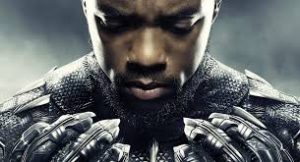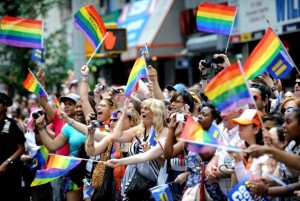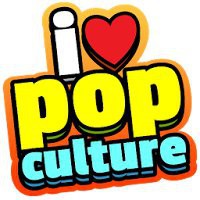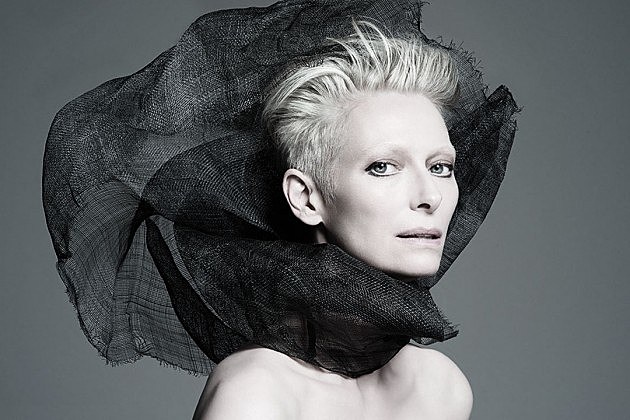Swedish musician Robyn is hosting Tekla, a one-day festival aimed at girls 11 to 18 with an interest in tech. The festival will include workshops on game development, electronic music, programming, and more. As a bonus for visitors, the singer will also perform at the festival, which will be held April 18:
The festival is being thrown in partnership with the KTH Royal Institute of Technology, which awarded Robyn its Great Prize in 2013. Recipients are required to hold a seminar at the university, but Robyn is instead choosing to throw this day-long event. “I thought of KTH’s motto, ‘science and art’, and wanted to do something to inspire girls who are curious about technology, while at the same time highlighting that too few women are applying to KTH programs,” Robyn says. KTH says that only about 34 percent of its new students are women. Google, Spotify, and other tech firms are partnering for the event. It’ll be held April 18th. It’s not stated whether the event will recur in the future.
Tech isn’t the area you’d expect to see Robyn working in, but KTH still views her as an important figure in the industry because of what it calls her use of “new technology in IT, audio, and video in innovative and exciting ways.” And throwing an event like Tekla is important. An interest in these subjects too often isn’t fostered in girls throughout school, and introducing it to them through a dedicated festival could help to change that — even if it starts with a small number of people.
* * * *
Taylor Swift didn’t become the highest-paid woman in the music business by accident. Pop’s savviest star has crossed swords with Spotify, embraced corporate sponsorship, and moved to secure dozens of trademarks (including phrases like “This sick beat”)—plus she has proved shrewder at honing a brand in the social media age than virtually any other person or company. And she’s done it without resorting to dumbed-down salacious gimmickry. (Swift, ahem, is arguably the anti–Miley Cyrus.) With 1989, the top-selling album in 2014, Swift’s efforts to ensure she gets paid for her music could have a huge ripple effect on the way artists are compensated in an era of free streaming.
No slight against Swift, but I fail to see how any of the above justifies her placement on a list of the world’s greatest leaders.
* * * *
There needs to be more “normal” and older women on the news and the radio, according to a new survey commissioned by the BBC.
The findings of the Blurred Lines: Contemporary Attitudes to Gender Portrayal in the Media revealed that viewers believe that news and radio lacked high profile names compared to other areas.
The corporation’s detailed and wide-ranging study also revealed that well-known presenters like Clare Balding and Gabby Logan are improving sports coverage. Comedy, too, was getting a boost from female stars like Miranda Hart and Sarah Millican.
The survey found that people want less scantily clad women on reality television shows as well and that audiences did not think that they were good representations of real people.
Interestingly, the study also showed that audience perception of gender balance is better than the reality, with two men to every one woman.
* * * *
Walk into just about any Wal-Mart and you’ll find a whole section filled with MMA gear and accessories. You’ll have a harder time, however, finding UFC champion Ronda Rousey’s new memoir, “My Fight/Your Fight.” The store confirmed to Jezebel this week that it will not display the title on its in-store shelves, but instead only offer customers the opportunity to purchase the tome online.
Why? ESPN and the New York Post both reported last week the content was considered “too violent” for the store, which displays and sells copies of “American Sniper,” “Walking Dead” graphic novels and, oh yeah, shot guns. This is just the story of an Olympic athlete’s life and career. What could possibly be so offensive?
Of note in this story-ESPN, NY Post, and the Washington Post all fail to cite their source for the claim that “Walmart deems the content of the book (or Rousey herself) too violent”. A Walmart spokesperson refutes this assertion in a Jezebel article:
Walmart spokesperson Danit Marquadt tells us that’s not correct, that Walmart has been “preparing for the release” of Rousey’s book since September 2014, and that they’re pre-selling it online now. (That’s true: it’s right here.) She told TMZ virtually the same thing.
“When the book is officially released on May 12, customers interested in purchasing it can use the ‘site to store’ feature and pick it up at a local store, “ Marquadt added.
I asked if the book’s content had anything to do with Walmart’s decision to sell this book in this way. Marquadt responded: “There’s a variety of factors that we look at when determining what items to offer our customers. At this point we’ve chosen to offer this particular title to our customers online. We’ll continue to watch how customers respond.” She added that Walmart’s website sells millions of items versus the 150,000 sold in an average Walmart Supercenter.
I asked again if the book’s content was one of those deciding factors; at this point, Marquadt could presumably have said “No,” or “I don’t know” or “We’re saving space for more in-demand titles” or something. Instead, she told me: “I’ve shared with you what I have to share. In terms of the factors that we look at, there are a lot of different factors that we look at when determining what items to offer our customers.” This information—and not one iota more—was all repeated in an email that she sent to me after we hung up.
I wonder what those factors are and if sexism played a role in Walmart’s decision.
* * * *
Last year, a 9-year-old Massachusetts girl emailed President Obama to inquire about the absence of women on paper currency in the U.S. Back in February, she received a response from the President:
“I think there should be more woman on a dollar/coin for the United States because if there were no woman there wouldn’t be men,” she wrote, adding that there are many women that deserve to be featured on U.S. currency because of the “important things” they’ve done.
Included on her list of suggestions were Rosa Parks, Betsy Ross, Abigail Adams and First Lady Michelle Obama.
Sofia told Time she “sort of forgot about” her letter when months passed without any response from the president. But in February, she received a letter from the White House.
“This is a belated note to thank you for writing to me with such a good idea last summer. The women you listed and drew make up an impressive group, and I must say you’re pretty impressive too,” the president wrote, according to a copy of the letter obtained by Time.
“I’ll keep working to make sure you grow up in a country where women have the same opportunities as men, and I hope you’ll stay involved in issues that matter to you,” Obama wrote.
Sofia might be happy to know that the online campaign Women on 20s shares her concerns. The non-profit campaign aims to get a woman’s face on the $20 bill by 2020.
Women On 20s, with your help, aims to compel historic change by convincing President Obama that NOW is the time to put a woman’s face on our paper currency. With over 256,000 voters casting ballots over the last 5 weeks, Americans have chosen which of the 15 inspiring American women heroes will go on to the Final Round of voting. And now we reveal that Eleanor Roosevelt, Harriet Tubman and Rosa Parks are the people’s choice and will advance to the final ballot for your consideration. In addition, Cherokee Chief Wilma Mankiller has been added to the final ballot by popular demand in order to include a choice of a Native American to replace Andrew Jackson on the $20 bill.
Susan Sarandon is also excited about this campaign. Writing for The Daily Beast, the actress says:
A few weeks ago, I came across a short video entitled, “Where Are the Girls on the Money?” on the website womenon20s.org. Women on 20s is an online campaign to put a woman’s face on the $20 bill. I was excited to see that there was a positive mission afoot to bring attention to some of the greatest women in American history.
As the Women on 20s website points out, “the year 2020 marks the 100th anniversary of the passage of the 19th Amendment that granted women the right to vote. So it seems fitting to commemorate that milestone by voting to elevate women to a place that is today reserved exclusively for the men who shaped American history. That place is on our paper money and that new portrait can become a symbol of greater changes to come.”
I liked how it was reframing the conversation about gender equality in a whole new way and decided to post a photo on social media that championed the cause and urged others to vote for one of the 15 incredible candidates on the Women on 20s website.
As Sarandon notes in her article, Turkey, Mexico, the Phillipines, and Syria are among several countries that recognize female leaders on their paper currency. Why is the “world’s greatest country” lagging behind in this respect?










